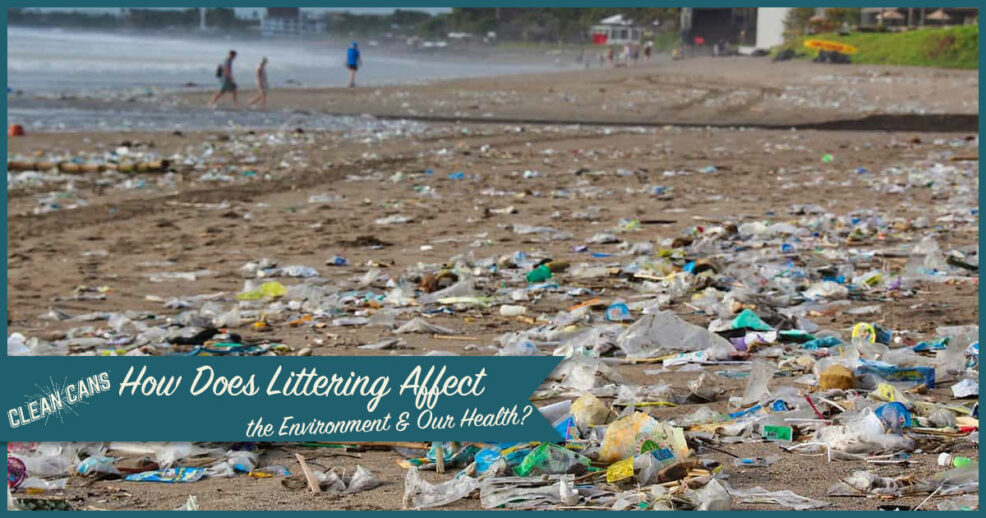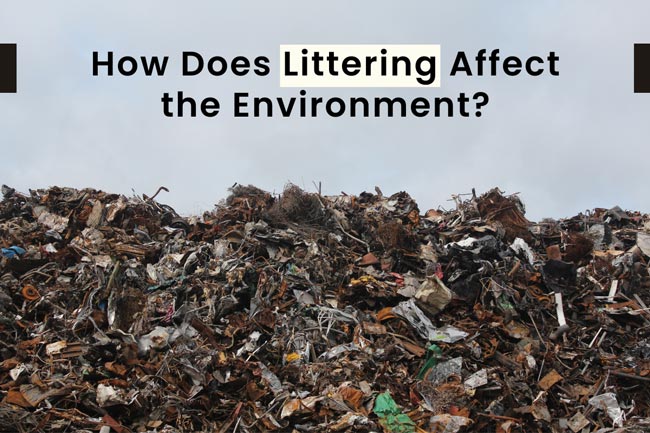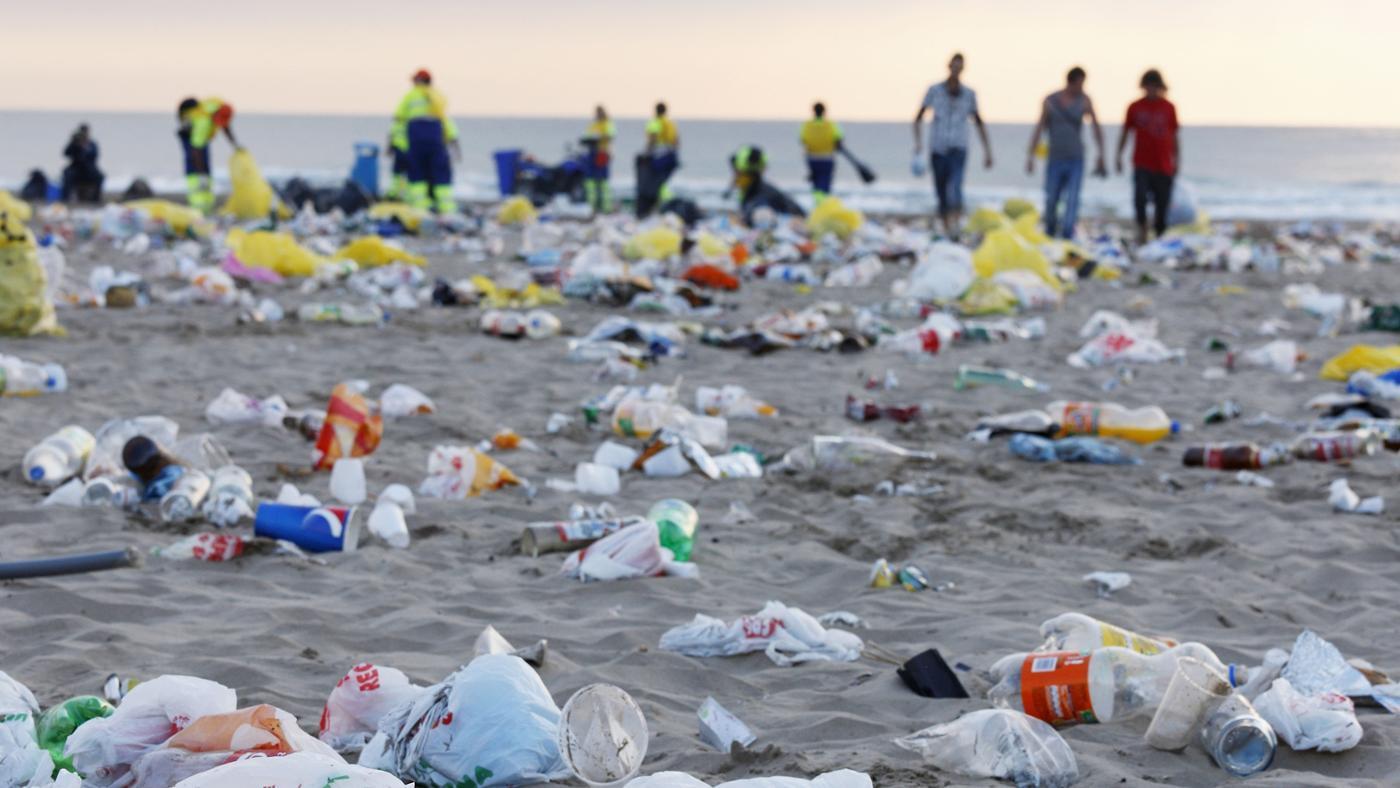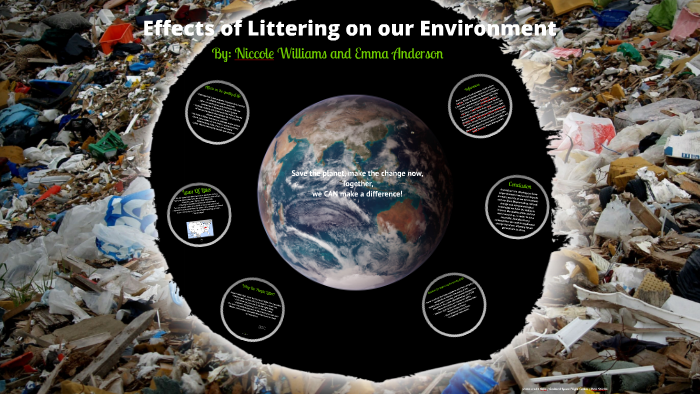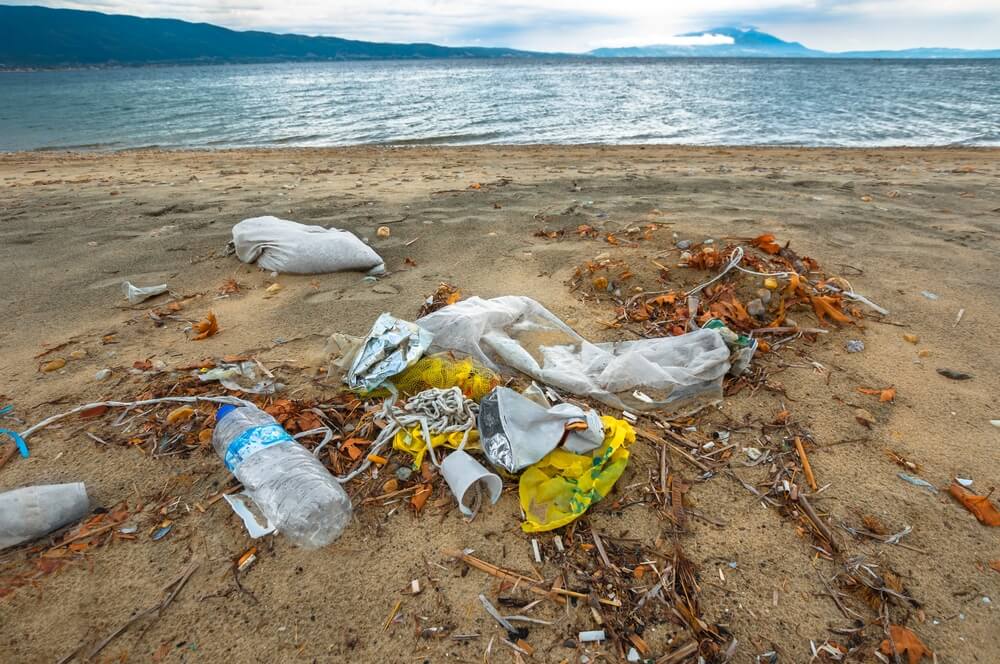How Is Littering Bad For The Environment
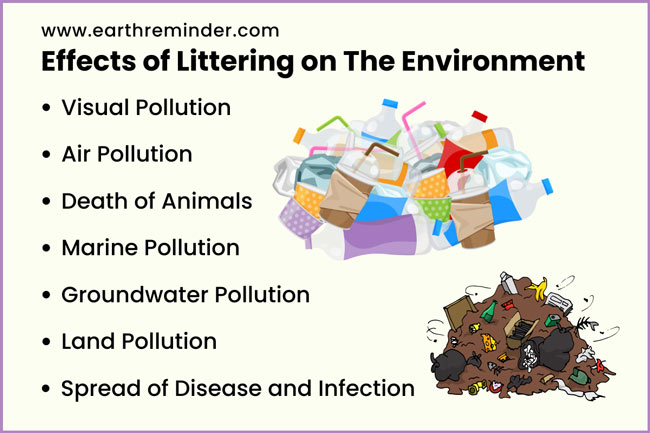
While the immediate impact of a stray wrapper or discarded bottle might seem minimal, the cumulative effects of littering pose a significant threat to our environment and, surprisingly, to your energy bills. Understanding the multifaceted ways littering degrades our surroundings is crucial for making informed choices that promote sustainability and reduce energy consumption in the long run.
The Environmental Toll of Careless Waste
The most obvious consequence of littering is the aesthetic blight it creates. Piles of trash accumulating in parks, waterways, and neighborhoods detract from natural beauty and lower property values. But the problems run much deeper than just unsightly landscapes.
Water Contamination
Rainfall runoff carries litter, particularly plastics and chemicals, into our waterways. This contaminates drinking water sources, harms aquatic life, and disrupts ecosystems. According to the Environmental Protection Agency (EPA), plastic pollution is a major concern. Plastics break down into microplastics, which are ingested by marine animals and can eventually end up in our food chain. This contamination necessitates more energy-intensive water treatment processes, increasing municipal energy consumption and potentially raising water rates for homeowners.
"Litter creates unsightly conditions, but it also introduces pollutants into the environment. These pollutants can degrade water quality, harm wildlife, and contaminate soil." - EPA Report on Solid Waste Management
Furthermore, improper disposal of hazardous waste, such as batteries and electronic devices, introduces heavy metals like lead and mercury into the water supply. Remediation of these contaminants requires advanced and expensive filtration systems, contributing to higher energy demands for water treatment plants.
Soil Degradation
Litter leaches harmful chemicals into the soil, affecting its fertility and ability to support plant life. This impacts agricultural yields and can contribute to deforestation as land becomes unsuitable for growing crops. Degraded soil also absorbs less rainwater, increasing surface runoff and exacerbating erosion. This eroded soil eventually ends up in waterways, further contributing to water pollution and the need for energy-intensive dredging operations to maintain navigable channels.
Air Pollution
The burning of litter, often an uncontrolled practice, releases harmful pollutants into the atmosphere, contributing to smog and respiratory problems. Even without burning, decaying organic waste releases methane, a potent greenhouse gas that contributes significantly to climate change. Increased greenhouse gas concentrations lead to higher global temperatures, requiring increased energy consumption for cooling purposes, especially during peak summer months. Smart thermostats and energy-efficient HVAC systems can help mitigate this increased demand, but addressing the root cause – pollution – is critical.
How Litter Impacts Energy Efficiency and Your Wallet
The connection between littering and energy consumption might not be immediately apparent, but the ripple effects are significant. Here's how careless waste disposal can impact your energy bills:
Increased Municipal Costs
Cleaning up litter is a resource-intensive process. Municipalities spend significant amounts of money on street sweeping, park maintenance, and waterway cleanup. These expenses are ultimately funded through taxes, including property taxes, which directly impact homeowners. By reducing litter, we can free up public funds for other vital services, including investments in renewable energy infrastructure and energy efficiency programs.
Damage to Infrastructure
Litter can clog storm drains and sewer systems, leading to flooding and damage to roads and other infrastructure. Repairing this damage requires significant energy and resources, including the production of construction materials like concrete and asphalt, which are energy-intensive to manufacture. Preventing litter from entering these systems in the first place is a far more energy-efficient solution.
Reduced Property Values
Areas plagued by litter tend to have lower property values. This not only impacts homeowners directly but also reduces the tax base available to fund local services, potentially leading to higher taxes or cuts in essential programs, including those related to energy efficiency and renewable energy development. Keeping our communities clean and attractive is an investment in the long-term economic health and sustainability of our region.
The Energy Footprint of Waste Management
The entire lifecycle of waste management, from collection and transportation to processing and disposal, has a significant energy footprint. Landfills, for example, generate methane, a potent greenhouse gas. Incineration plants require energy to operate and release pollutants into the atmosphere. Recycling, while generally more energy-efficient than landfilling or incineration, still requires energy for sorting, processing, and transportation. Reducing the amount of waste we generate in the first place is the most effective way to minimize the energy impact of waste management.
Solutions: A Path to a Cleaner, More Energy-Efficient Future
Addressing the problem of litter requires a multi-pronged approach involving individual responsibility, community initiatives, and government policies. Here are some key strategies:
Reduce, Reuse, Recycle
The familiar mantra of "reduce, reuse, recycle" remains the cornerstone of effective waste management. Reducing our consumption of single-use plastics and other disposable items is the most effective way to minimize waste generation. Reusing items whenever possible extends their lifespan and reduces the need for new production. Recycling materials like paper, plastic, and metal conserves resources and reduces the energy required to manufacture new products. Many municipalities offer recycling programs and incentives. Check with your local government to understand what options are available in your area. Some energy companies even offer rebates for purchasing appliances made from recycled materials.
Proper Waste Disposal
Ensuring that waste is disposed of properly is crucial to preventing litter. Use designated trash receptacles and avoid leaving waste on the ground. Securely cover garbage cans to prevent windblown litter. Participate in community cleanup events to remove existing litter and raise awareness about the issue.
Supporting Sustainable Businesses
Choose to support businesses that prioritize sustainability and minimize waste. Look for companies that use eco-friendly packaging, offer refill programs, and actively promote waste reduction initiatives. Patronizing these businesses sends a clear message that consumers value environmental responsibility.
Investing in Energy-Efficient Technologies
While addressing litter directly contributes to lower energy consumption, investing in energy-efficient technologies within your home or business can further reduce your environmental impact and lower your energy bills. Upgrading to Energy Star certified appliances, installing a smart thermostat, and improving insulation can all significantly reduce energy consumption. Rebates and tax credits are often available for these types of upgrades, making them even more attractive.
Smart HVAC Integration
Smart HVAC systems can automatically adjust temperature settings based on occupancy and weather conditions, optimizing energy efficiency and reducing waste. Integrated with smart home sensors, these systems can learn your habits and preferences, further fine-tuning energy usage and minimizing unnecessary consumption. Some systems even monitor air quality, helping to identify potential sources of pollution and allowing you to take corrective action.
Community Engagement and Education
Raising awareness about the environmental and economic consequences of littering is essential to changing behavior. Educational programs in schools and communities can help to instill a sense of responsibility and promote sustainable practices. Community cleanup events and anti-littering campaigns can also be effective in reducing litter and fostering a sense of civic pride.
The Long-Term ROI of a Litter-Free Environment
Investing in a litter-free environment yields significant long-term returns. Cleaner communities are healthier and more attractive, leading to higher property values and a stronger local economy. Reduced pollution translates to cleaner air and water, improving public health and reducing healthcare costs. Lower energy consumption conserves resources and reduces greenhouse gas emissions, mitigating the effects of climate change and ensuring a more sustainable future for generations to come.
By understanding the far-reaching consequences of littering and embracing sustainable practices, we can create a cleaner, healthier, and more energy-efficient world. From reducing our individual waste footprint to supporting policies that promote environmental responsibility, every action, no matter how small, can make a difference. The benefits extend beyond aesthetics, impacting our health, our economy, and ultimately, our energy bills.
